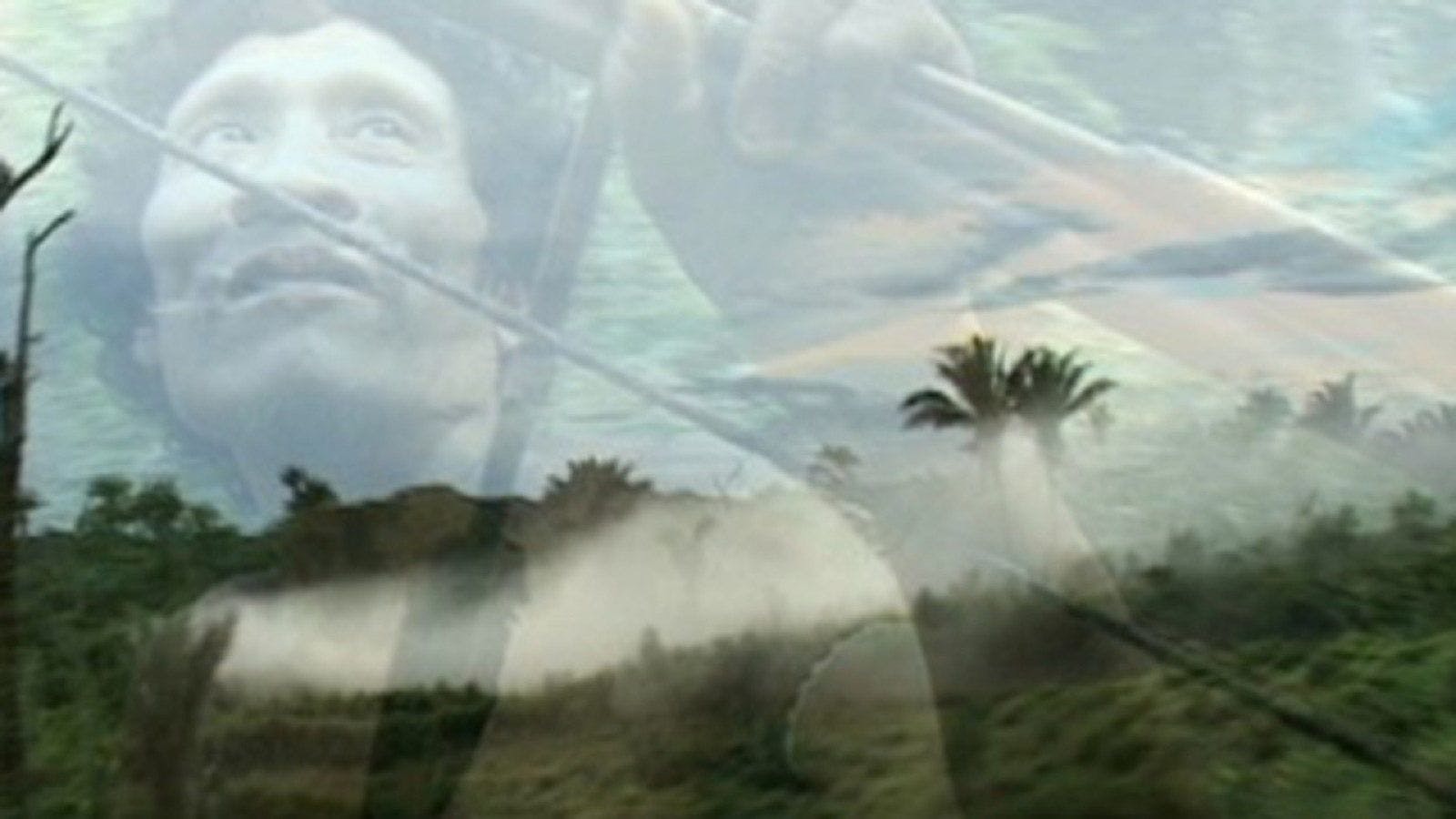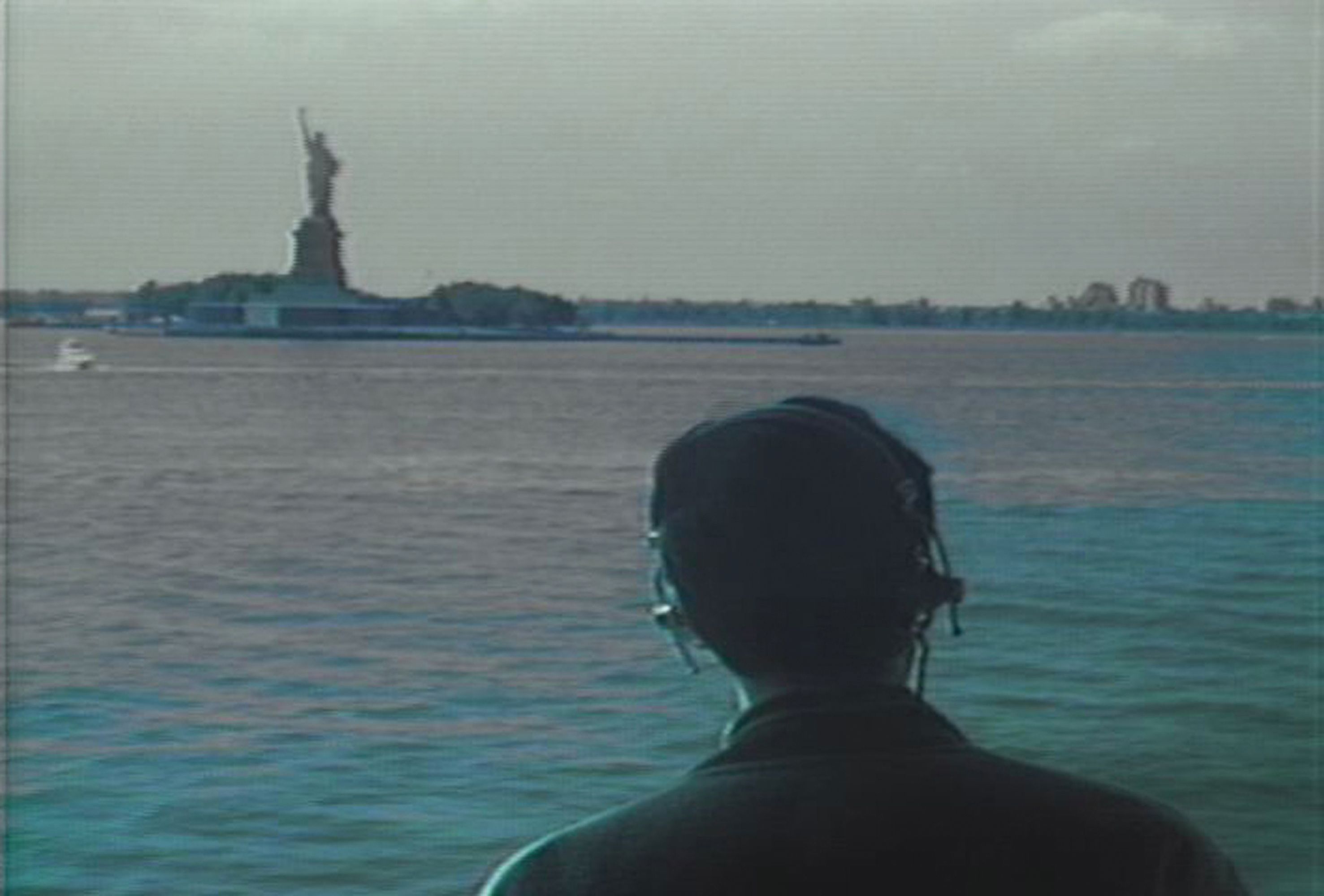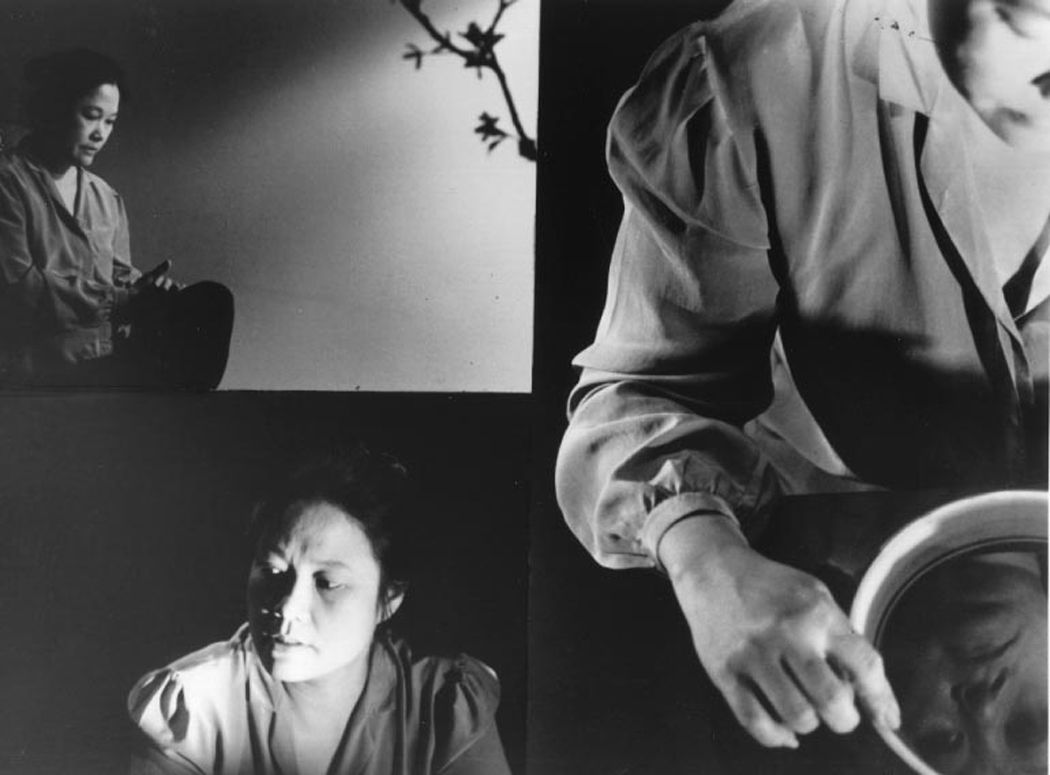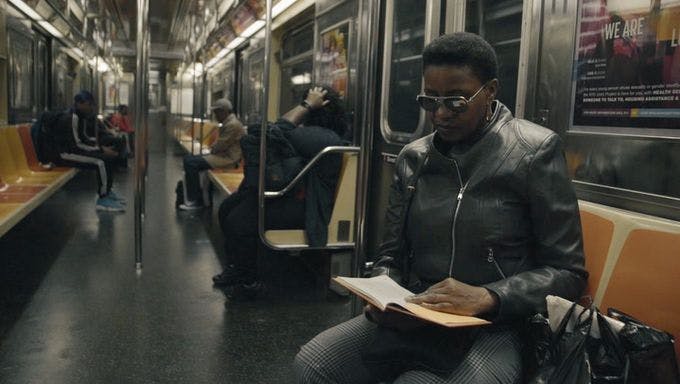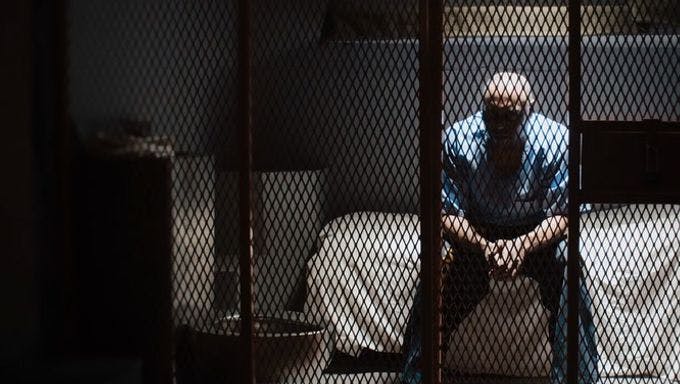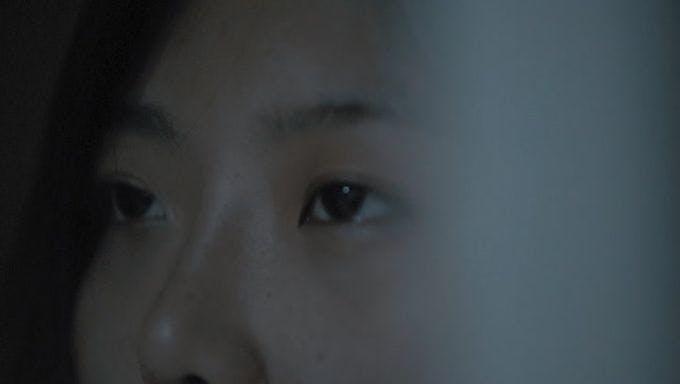This essay is presented as part of a bilingual collaboration with Cinética, a Brazilian online magazine dedicated to film criticism. To read this text in Portuguese, click here.
When the Indigenous protagonist of Uirá, um Índio em Busca de Deus [Uirá, An Indian's Search for God] (Gustavo Dahl, 1973) decides to leave his family behind and set off on a search for divinity, the film undergoes a sudden change in tone. It drifts away from the rhythm of realistic fiction that had accompanied Uirá's journey and acquires, for a moment, the visual and sonic textures of a mythological tale. In Pirinop, Meu Primeiro Contato [Pirinop, My First Contact] (Mari Corrêa and Karané Ikpeng, 2007), an expedition made by a group of Ikpeng villagers to a Waurá village is staged in slow motion, with extradiegetic music, in a radically different style from the film’s recollections of the past. In A Febre [The Fever] (Maya Da-Rin, 2019), from the moment the protagonist, Justino, begins to hear strange sounds in the forest and suffer from the titular symptom, the film gradually switches from its serene, conversational realism to an atmosphere of supernatural horror, until the confrontation in the forest triggers a dive into the codes of genre film.

The examples could go on, but we already see what links them. At various times, when Brazilian cinema has sought to approach Indigenous worlds, there has been a tendency to draw strict boundaries between the different regimes of reality within the same film. When documentaries resort to fictional reenactments, there is a clear difference in the aesthetic treatment of the recollection and the present of the film. When fiction films resort to myth, there is an obvious break between the realistic staging of the story and the supernatural atmosphere inspired by Amerindian cosmologies.
There are other possibilities, of course. Much has been written about the rich diversity of the forms of staging found in Serras da Desordem [The Hills of Disorder] (Andrea Tonacci, 2006), with its constant crossings between past and present, memory and performance, black & white and color, historiography and delirium, allegory and chronicle. Due to the multiple techniques Tonacci contrives to narrate the journey of Carapiru, a massacre survivor who left the Amazon rainforest and wandered through Brazil for years, the narrative status of the film remains, even now, mysterious and challenging.
If we want to find kinship with Tonacci's masterpiece, we must turn our gaze to places still underexplored by film critics. Over the last decade, some of the most provocative experiments with regimes of narrative and forms of staging have emerged in the cinema made by Indigenous collectives in various parts of the territory we call Brazil. These films have generated porous forms, unforeseen interplay of remembrance and reenactment, renewed contiguities between everyday life and ritual, intense contagion between fiction and nonfiction (if it is even possible, in the face of these works, to operate within categories forged by Western thought).
At the start of Bicicletas de Nhanderú [Bicycles of Nhanderu] (Mbyá-Guarani Cinema Collective, 2011), young Indigenous filmmakers sit down to listen to the elders of the village talk about the relationship between their people and the deities. Unlike in Uirá, there is no solemnity while dealing with myth: when the shaman says that in Mbyá-Guarani cosmology they are like bicycles for the gods, one can hear the person behind the camera laugh—a sign of playful, intergenerational amusement. Nor is there a chasm between filmmakers and those being filmed: in the last shot, one of the directors moves his camera closer to receive a whiff of ceremonial smoke and continues filming under the protection of the gods. The cosmology of the community is embedded in the film's fabric, lived daily and reinvented in the images. An exuberant wide shot of a lightning bolt striking a tree is complemented by a woman asking if there is any piece left of the stricken branch, as she wants to use it to make necklaces for the men. It is with this same intrepidness that Bicicletas de Nhanderú operates in toto.
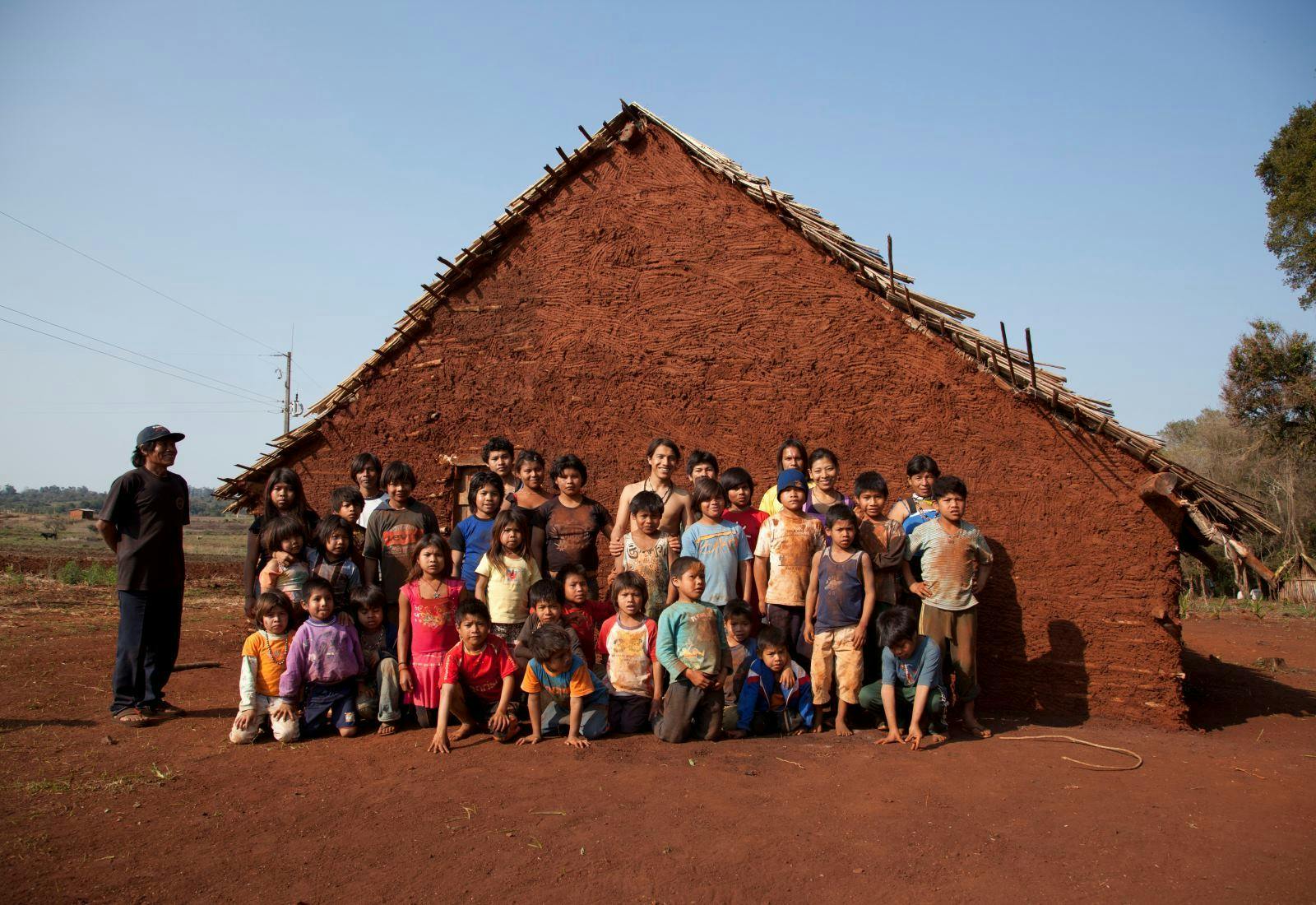
As opposed to Pirinop, which begins with the Ikpeng community watching the historical reenactments directed by the filmmakers and reacting to the scenes, giving opinions about the performances, in Bicicletas de Nhanderú, we might find in any given scene a comment on the process of the film. Filmmaking is a community subject, permanently reflective, amalgamated with everything else. Fiction also arises without much fuss, springing from and effortlessly transforming scenes that start in the documentary mode. A boy goes to collect firewood at a nearby farm, in the territory of white people, and begins by addressing the camera about the felling of the forest, which has killed the spirits of the trees and left his villagers with nothing to hunt. Suddenly, he begins to rail against invisible farmers, reenacting an incident in which he was persecuted by the whites, metamorphosing one speech act into another of a different nature, within a split second of screen time.
Nothing in Bicicletas de Nhanderú implies a segregation between worlds. Time and again, on a walk to get firewood or buy soap, the boys of the village begin to shout the chorus of “Beat It” and imitate Michael Jackson's choreography. Then, at one point, Milton Nascimento's cover of the song appears on the soundtrack as the children dance in a neighboring farm. But the music is never isolated from the sound of the wind or the friction of the bodies. Everything here is impurity, contamination, fertilization.
Ava Yvy Vera - a Terra do Povo do Raio [Ava Yvy Vera - The Land of the Lightning’s People] (Genito Gomes, Valmir Gonçalves Cabreira, Johnaton Gomes, Joilson Brites, Jhonn Nara Gomes, Sarah Brites, Dulcídio Gomes, Edna Ximenes, 2016) is, at first glance, a documentary about land reclamation by the Guarani-Kaiowá Indigenous people in the state of Mato Grosso do Sul. However, aiming to tell the story of recent conflicts with the farmers of the area, the filmmakers forge myriad reenactments. A sequence begins with a boy walking through the woods, with a necklace of leaves embellishing his bare chest. While the man with the camera relates the many strategies his people have devised for hiding from the whites, the actor demonstrates the narrated maneuvers, creating an in situ blend of oral and gestural remembrance.
The growing tension culminates in a sequence in which we see a group of boys and girls hiding in the woods. From the dialogue we understand that the event being reenacted took place at night, but the sun is still high in the scene. A noise in the woods triggers a sudden transformation: the kids dart out to escape the imaginary whites who lurk off-screen, with the camera directly behind them. There is no more verbal narration; we are in the realm of fiction, feeling the urgency of an action movie. But here there is no music, no slow motion, no day for night, nor any of the genre conventions associated with chase stories. The night in the forest, often explored (as in A Febre) as an environment conducive to extraordinary events, now appears as the setting for a renewed fiction, barely detached from nonfiction. The filmmaker becomes a living, breathing (literally—his breath is often heard on the soundtrack) part of this open-air theater, in the light of day.
The subplot ends with two boys gathered by candlelight. One of them mimics the sounds of the motorcycles and the gunshots of the farmers' henchmen, and repeats the threats of the whites in Portuguese. His companion replies in their native language, recreating the exchanges among the Indigenous victims of the recent attack. It is still daytime, but all it takes is the light of a lonely candle to set the stage for memory.
In Yãmiyhex: As Mulheres-Espírito [Yãmiyhex, the Women-Spirit] (Sueli Maxakali and Isael Maxakali, 2019), a prologue stages the founding myth of the spirit-women in the Maxakali village. We are in the woods, by the river. Sueli’s voiceover tells the story of a clash between men and women in ancient times. Protesting against the starvation caused by the men’s decision to keep all the hunting for themselves, the ancestral women organize a revenge: they kill some of the men, then run away and dive into the river, transforming into a giant snake. The men manage to take one little girl with them, and this is how the Tikmũ'ũn (the name used by the Maxakali people for themselves) were able to continue existing. Although this reenacment is broken down as is common in fiction films (shot, reverse shot, variations in the camera’s distance from its subjects), the major actions—the killing, the escape, the diving—are staged in daylight, with no extradiegetic music, and with a playful, anti-naturalist style of acting. If in Pirinop it was necessary for the Ikpeng actors to undress and don war paint to reenact the past, here the women wear the same colorful dresses in the fictional prologue as in their everyday lives.

After the prologue, we are at Aldeia Verde, the Maxakali village. The women sew dresses for the annual commemoration of the Yãmiyhex. While we listen to their ritualistic chants, we see dancing women forming giant and colorful snake-like formations at the center of the village. From this point on, the film observes a ceremony that lasts seven days. The camera plays an active part in this communal performance: not only by breaking it down and reproducing it for the viewer, but also by intervening in it while it unfolds, until Sueli—who comments, recalls, translates, and directs the film—expresses her amazement in voiceover: “the Yãmiyhex almost bumped into my camera!” When a group of spirits begin to mock the camera with sticks, the film incorporates the recording of the ritual into the ritual itself.
The ritual battle’s evolution into physical comedy occurs because laughter overtakes the entire community involved in the making of the scene. To the non-Indigenous viewer, there are no boundaries between the religious ceremony and everyday life. Everything becomes ritual, as the whole scene is marked by an irresistible enchantment. When the women dive into the water near the end of the film, we no longer know if we are in the world of the myth, its ritual updating, or its everyday reinvention.
This exuberant spring of forms that has emerged over the last decade points to new paths not only in what has been called “Indigenous cinema,” but cinema in general. What Indigenous filmmakers have taught us is that there are many ways to meld categories previously understood as discrete. With each film, they invite us to fall a little more in love with the mixture.
Translated into English by Deborah Leão
***
Victor Guimarães is a film critic and programmer based in Belo Horizonte, Brazil. He writes regularly for Cinética (Brazil) and Con los ojos abiertos (Argentina). He has collaborated with international film publications such as Senses of Cinema, Desistfilm, La Furia Umana, Kinoscope and La Vida Útil. As a programmer, he was one of the artistic directors of Belo Horizonte International Short Film Festival (2014), a member of the selection committee at forumdoc.bh (2012 to 2015) and a programmer at Tiradentes Film Festival (2019). He is currently the artistic director of FENDA - Experimental Festival of Film Arts.
Cinética is a Brazilian online magazine dedicated to film criticism, founded in 2006. The magazine publishes articles, interviews, notes, conversations, collective writing, experimental texts, podcasts and video essays.
Stills from Uirá, um Índio em Busca de Deus (1973), Bicicletas de Nhanderú 2011, and Yãmiyhex: As Mulheres-Espírito (2019).
